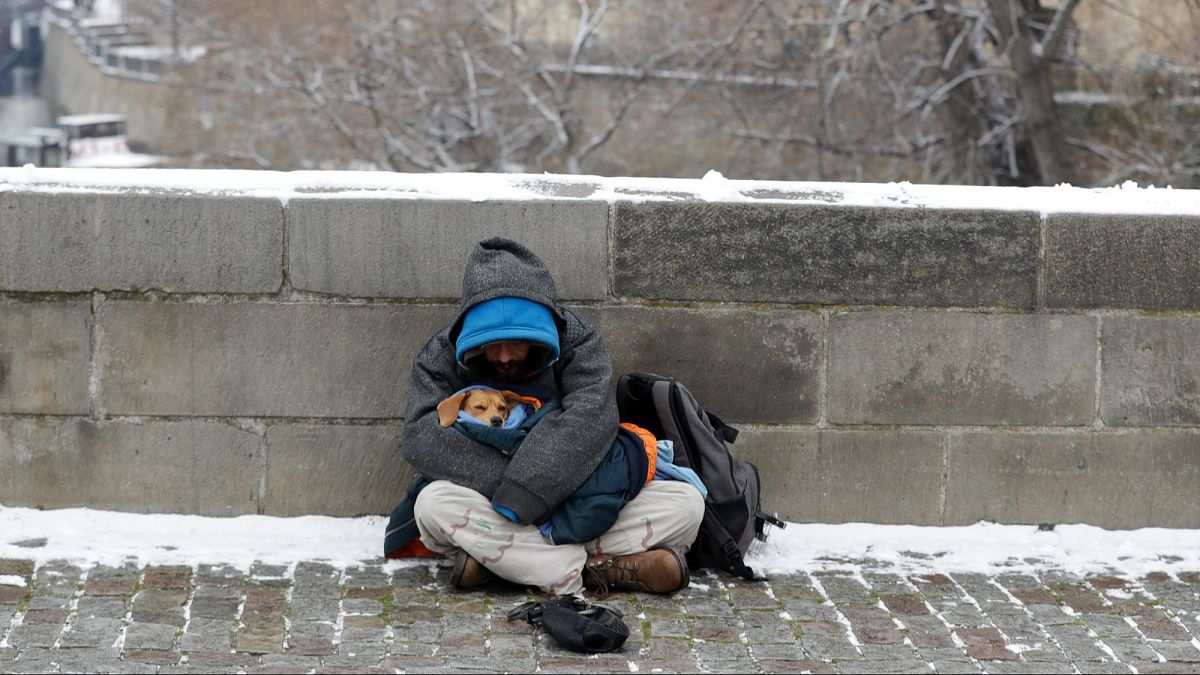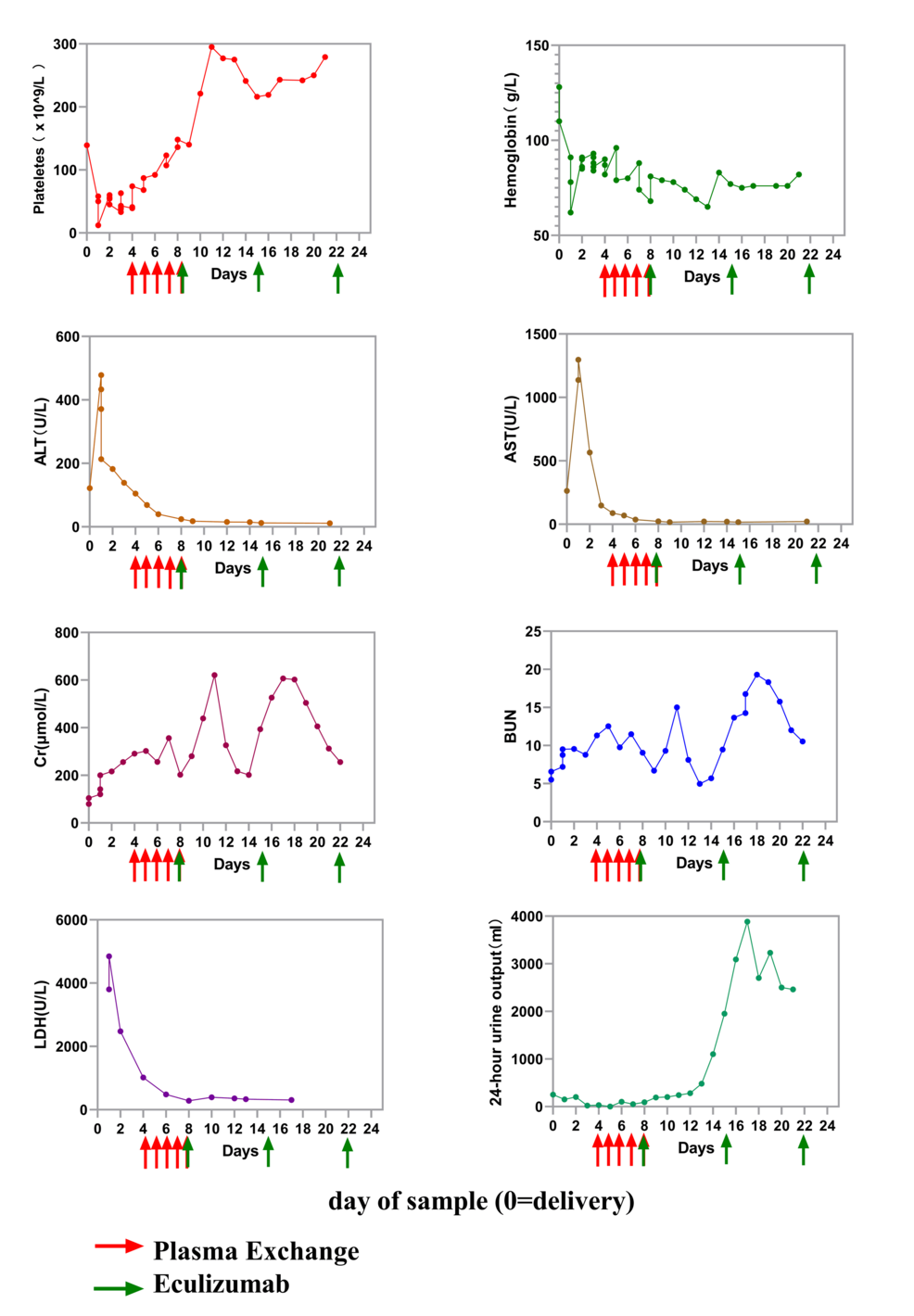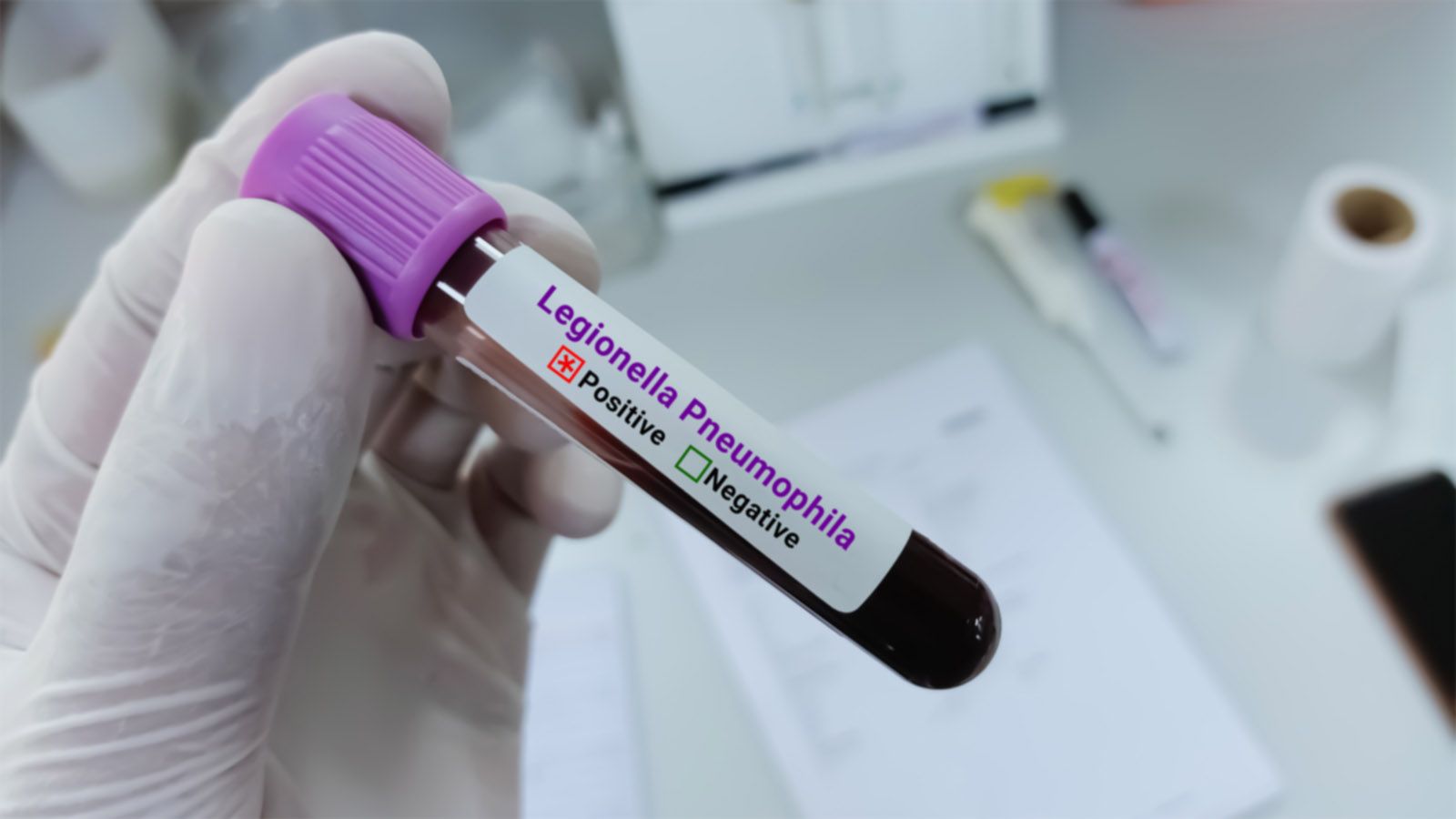Czech Republic Faces Alarming Rise in Hepatitis A Infections

In recent months, the Czech Republic has witnessed a troubling increase in hepatitis A infections, a situation that shows no signs of abating. According to health authorities, the nation recorded an alarming total of 450 hepatitis A cases and six fatalities within just the first four months of 2025. This figure starkly contrasts with the entirety of last year, which saw 636 cases with two deaths.
Czech health officials have expressed concern that the real number of infections is likely much higher than reported. This discrepancy is attributed to the inherent difficulties in tracking the spread of the virus, which can lead to serious liver inflammation and, in rare instances, may prove fatal. The State Health Institute (SZÚ) warned, “We know from experience that even one confirmed case can subsequently mean a big problem.”
Hepatitis A is not commonly prevalent; in fact, data from 2022 showed that across 30 European countries, only 4,548 cases were reported. This highlights the unusual and concerning nature of the current outbreak in the Czech Republic.
Understanding Hepatitis A: Risks and Transmission
Hepatitis A is a viral infection primarily spread through direct contact with the stool of an infected person. This transmission can occur through various means, including inadequate hand hygiene, consumption of contaminated food or water, or contact with unclean surfaces such as door handles. Environments characterized by poor sanitation are particularly susceptible to the spread of the virus.
While many individuals infected with hepatitis A may not exhibit symptoms, approximately 10 percent experience severe health complications, which can lead to liver failure and even death. Certain demographics are at heightened risk; specifically, adults aged 50 and older, along with individuals suffering from chronic liver diseases.
Common symptoms of the infection include fever, loss of appetite, diarrhea, nausea, and jaundice, characterized by a yellowing of the skin and eyes. It typically takes between two to four weeks for symptoms to appear after infection, during which time individuals can unknowingly transmit the virus for up to two weeks prior to showing any signs of illness.
Geographical Spread of Infections in the Czech Republic
The resurgence of hepatitis A cases has been particularly pronounced in specific areas of the Czech Republic. The capital city, Prague, along with the nearby Central Bohemian region, have reported the highest numbers of infections. In addition, the Moravia-Silesian region, which borders Poland and Slovakia, has also seen a significant uptick in cases.
Health officials have identified a troubling trend: the virus is predominantly spreading among children, teenagers, young adults, and individuals engaged in behaviors deemed risky. For instance, in Prague, reports indicate that nearly one-third of patients are homeless, many of whom may be using drugs. Additionally, officials noted that the number of individuals who are vulnerable to infection is gradually increasing, particularly those who have not been vaccinated or previously exposed to the virus.
Preventive Measures and Health Initiatives
In response to the outbreak, health authorities in the Czech Republic are actively encouraging vaccination against hepatitis A. The vaccination regimen involves two doses administered six to 18 months apart, which can significantly reduce the risk of infection. The cost of the vaccine is approximately 1,700 CZK (around €68), and while not mandatory, it is covered by some health insurance plans.
To address the unique challenges posed by the homeless population, health workers have begun distributing the vaccine at shelters free of charge. Additionally, individuals who work closely with drug users and those living on the streets in Prague are also receiving vaccinations as part of this public health initiative.
Despite these efforts, officials acknowledge the substantial hurdles present in enforcing anti-epidemic measures, particularly within marginalized communities. Tracing contacts of infected individuals has proven to be a complex task. Last year, officials successfully tracked down 6,375 contacts of hepatitis A patients. Those identified as close contacts who have not been vaccinated are currently prohibited from attending public swimming pools, saunas, summer camps, and other large gatherings to prevent further spread of the virus.





























